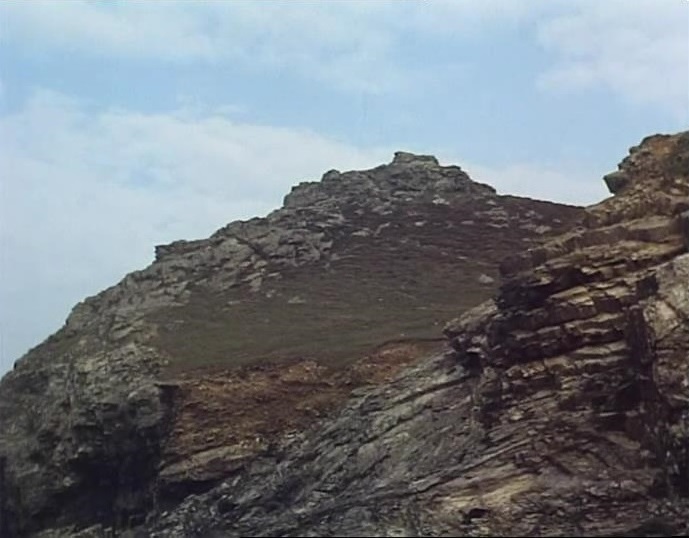Taste the Blood of Dracula
The young man and
maid are suppressed, an unholy alliance of business magnate and shopkeeper and
aristocrat sees that Dracula Has Risen
from the Grave (dir. Freddie Francis).
A magnificent expression
of its theme, worked out in a very brilliant analysis.
Criticism has
stopped short of this at several points, Variety
sizes it up as “the old routine of Dracula”, Time Out Film Guide says it “never quite lives up to its
brilliantly staged opening scenes”, thus Halliwell, “initially
lively but mainly dreary.”
Hands of the Ripper
The primal scene
as the root of juvenile hostility is the source of the drama, which is dressed
around Jack the Ripper’s daughter.
A typical Hammer
masterpiece on a rare theme difficult of attainment, yet it falls into the lap
with perfect ease.
Unfortunately,
the New York Times didn’t understand a word of it, and many’s the writer thrown off by the apparatus,
a period picture in which the name of Freud is mentioned.
Doomwatch

The main effort
can be described as bringing Camus’ The
Plague (dir. Luis Puenzo) to bear upon Ibsen’s
An Enemy of the People (dir. George
Schaefer, Satyajit Ray et al.) by way
of Cacoyannis’ The Day the Fish
Came Out and Losey’s These Are
the Damned.
The point is clarified
as a sunken oil tanker off the Isle of Balfe, some “mildly
radioactive waste” and a failed attempt at industrial growth hormone, reducing
the islanders to a cavemanlike state.
Cf.
Huston’s The Life and Times of
Judge Roy Bean for the island “in ruins”.
TV Guide
could not quite follow it but nevertheless concluded, “pretty
standard thriller material based on a BBC television show.” Geoff Andrew
(Time Out), “predictably, the
serious intentions of the original series have been forsaken on the big screen
for a half-baked horror thriller.”
Britmovie, “the
producers unsuccessfully attempt to bond worthy environmental drama with
far-fetched horror.” Leaving only Halliwell’s
Film Guide to weigh in, “an unsatisfactory horror film is drawn from
a moderately serious TV series about ecology.”
The Stone Tape
The magic box is
replaced by the electronic washing machine in Nigel Kneale’s teleplay,
masterfully directed by Sasdy.
The lesser
product is a labor-saver because it sorts colors automatically with a
dyer’s hand.
The recording
angel expires on a ladder that just doesn’t reach, and so too does the
pretty computer programmer who realizes this.
The peculiar
nightmare quality of Kneale’s writing is an absolute function of his
fidelity to nature, the rest looks after itself, as it were.
For his part,
Sasdy registers the tone of Nyby’s The Thing in a joking retinue
of technicians and engineers analyzing the ghost in a dark room for the BBC.
Welcome to Blood City
A computer game
played upon unconscious minds in a university laboratory under government
auspices after a bomb attack on the East Coast.
The setting is a
Wild West town with curious laws and hierarchies, killing is profitable, twenty
kills in “fair fights” render one “immortal”, with a
legal right not to be killed. There’s a sheriff (Jack Palance) and a
madam (Samantha Eggar), new arrivals are slaves, killing makes one a citizen,
on to shopkeeper or bodyguard, etc.
The lab operators
take a hand, the object is to find a “killmaster” (Keir Dullea) for
the social wars.
Critics could not
understand this as science-fiction or a Western, therefore Variety said
it was not “generically satisfying”.
“Facile and
deeply offensive” (Time Out Film Guide).